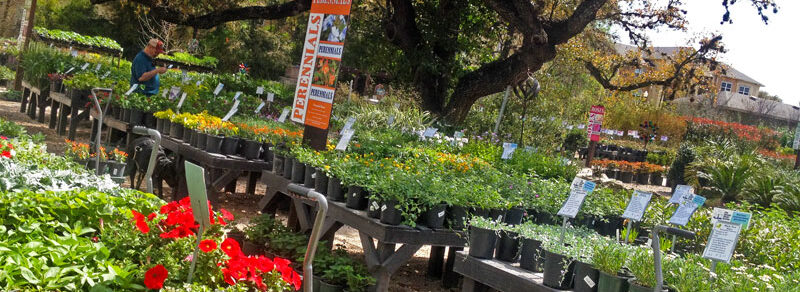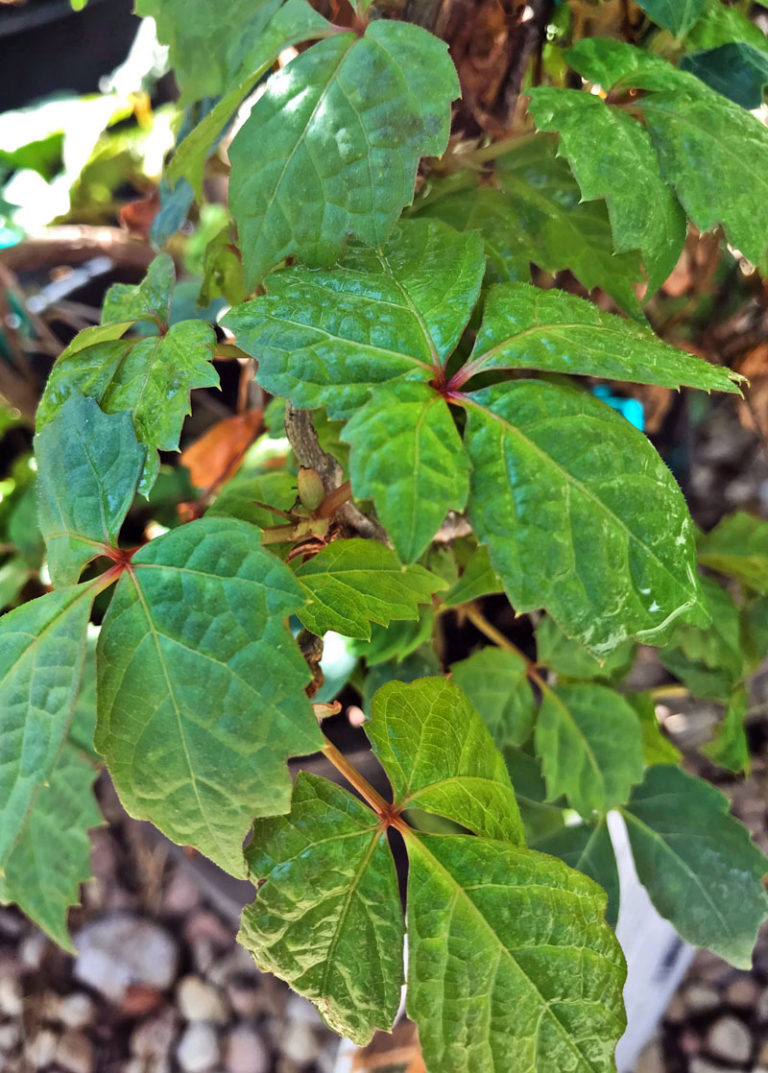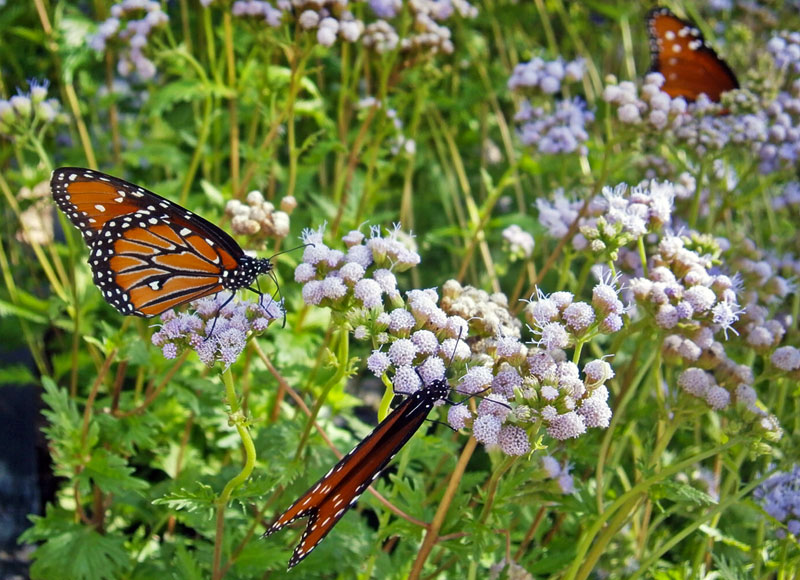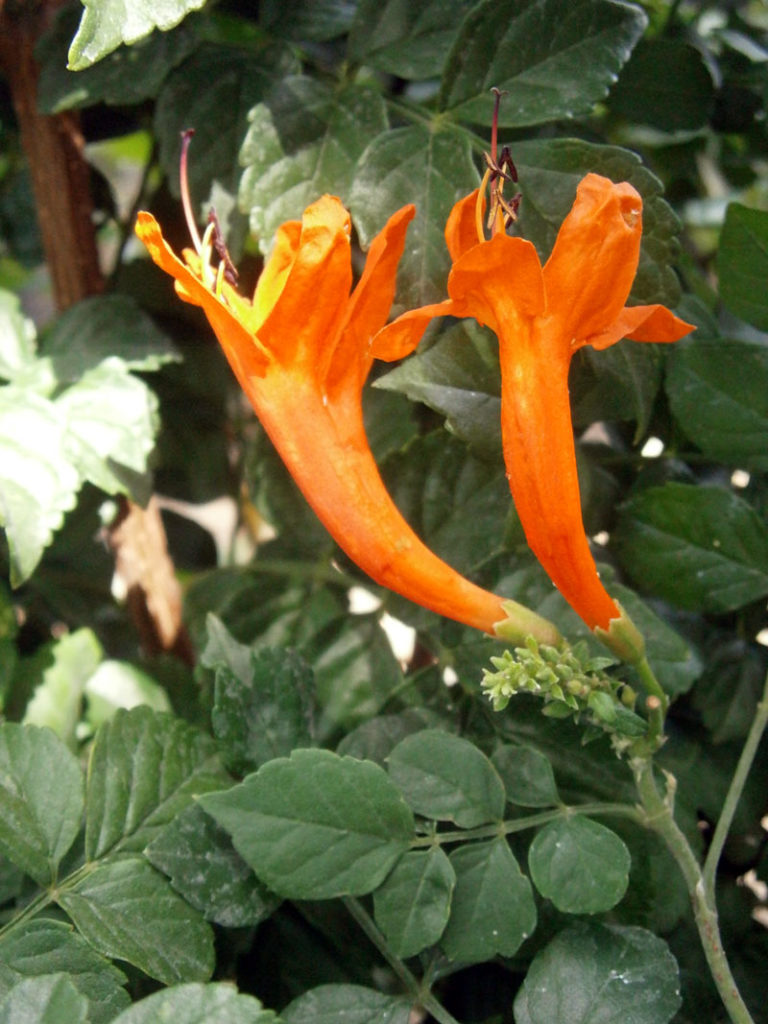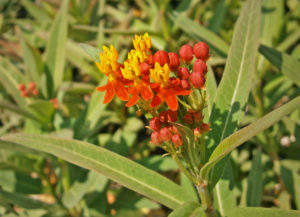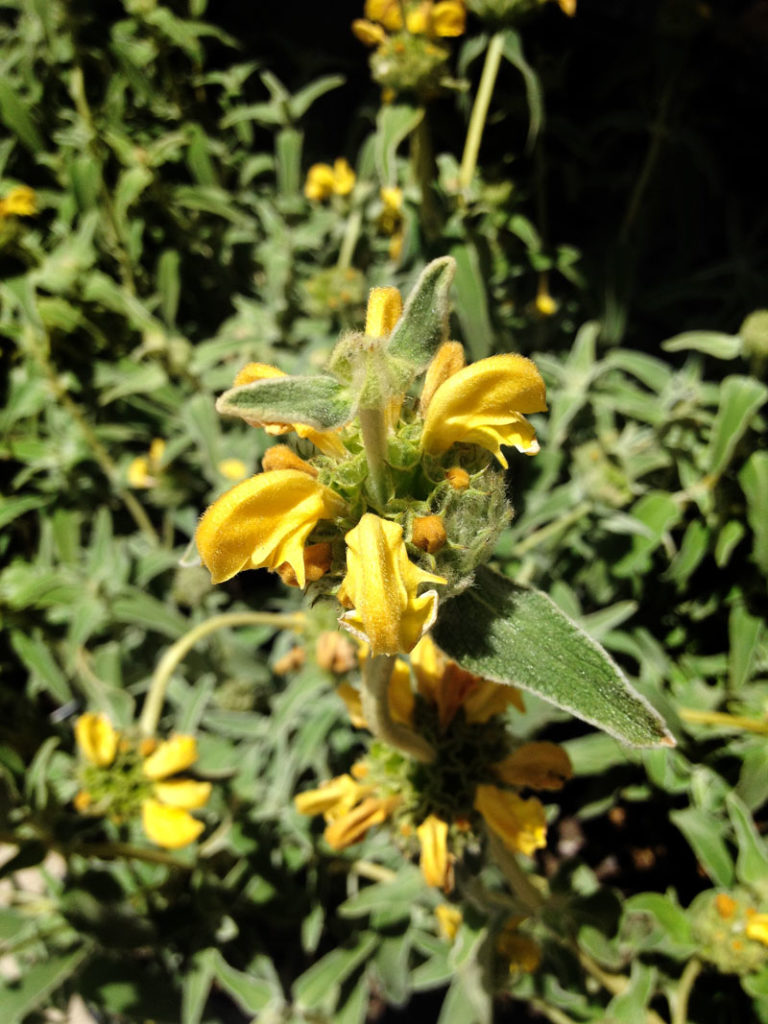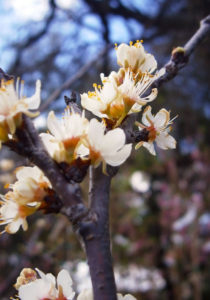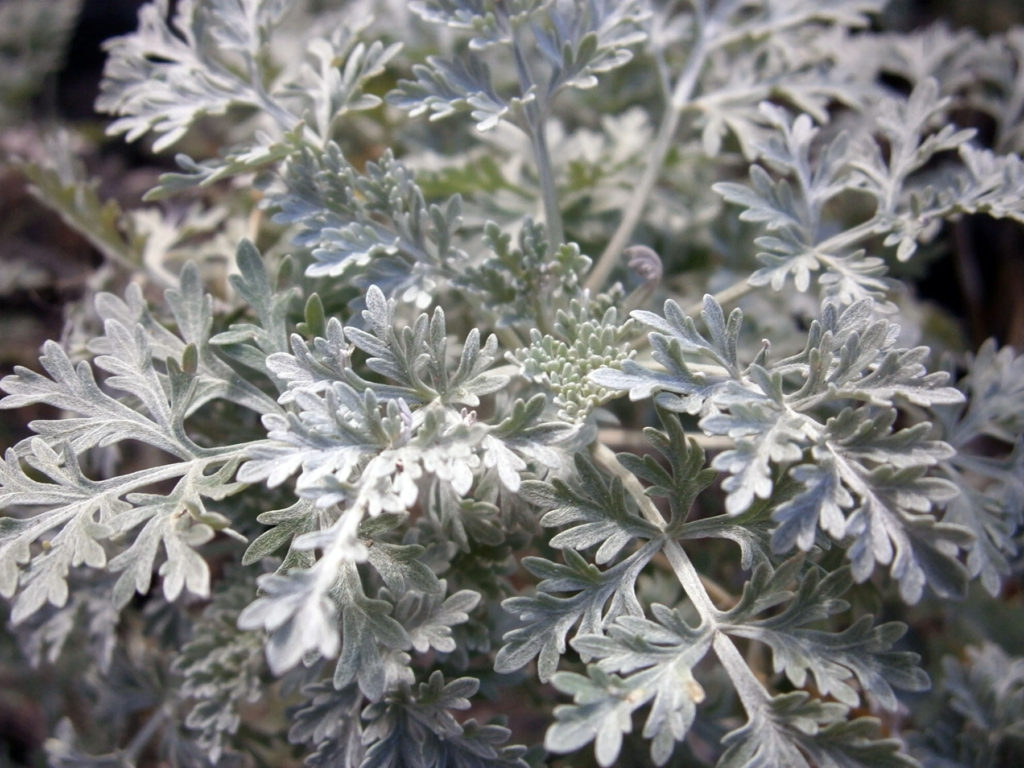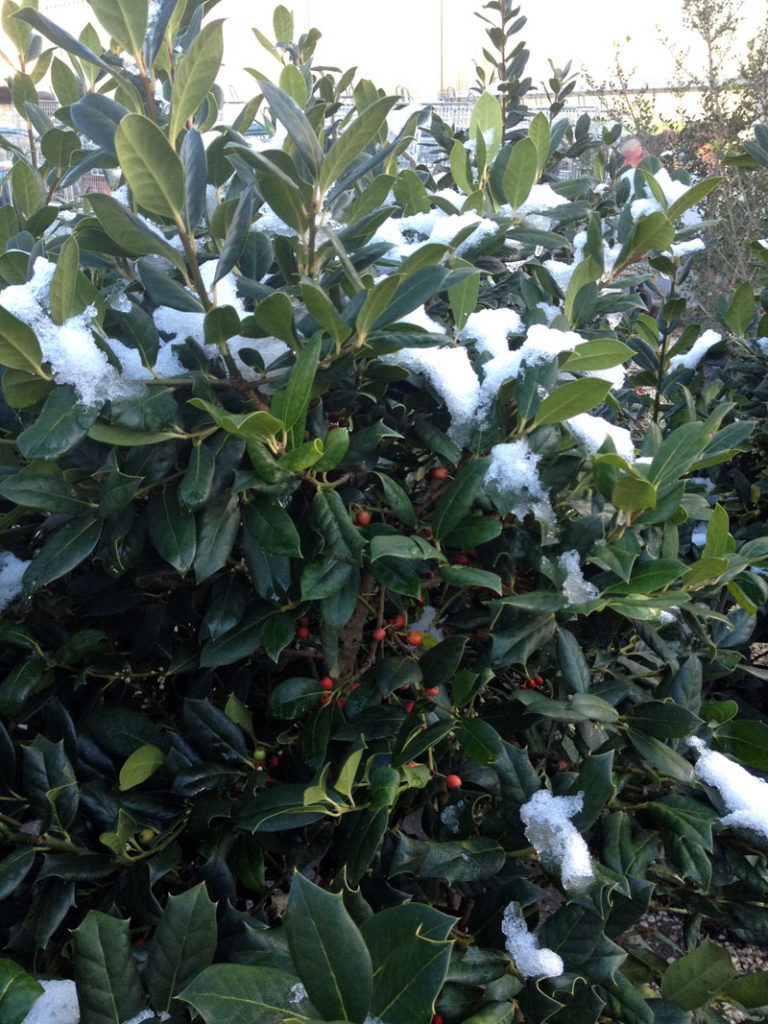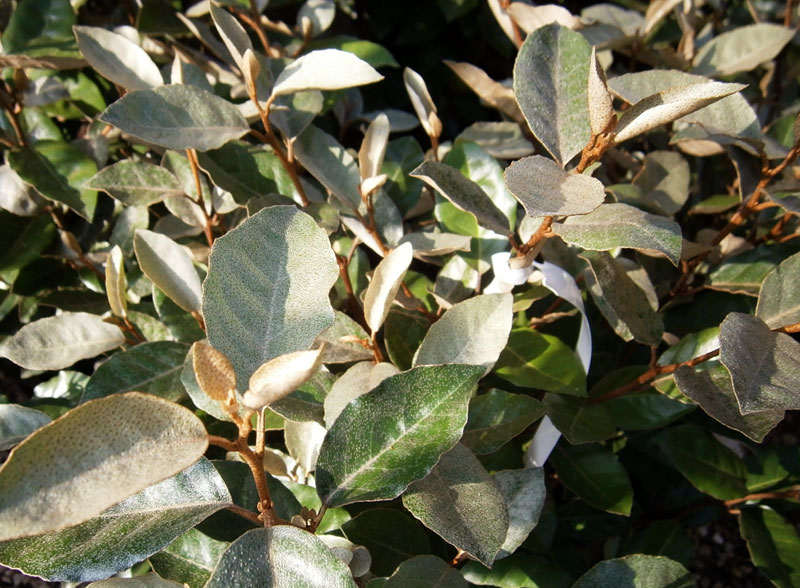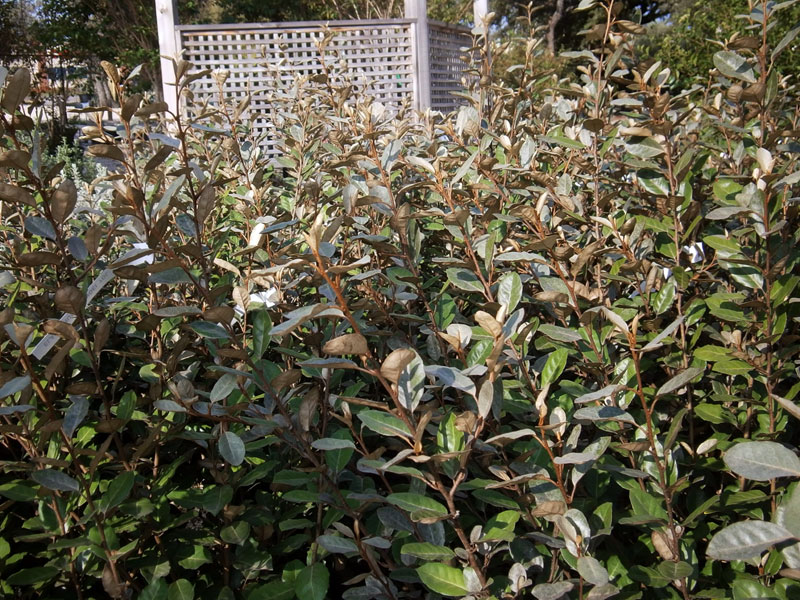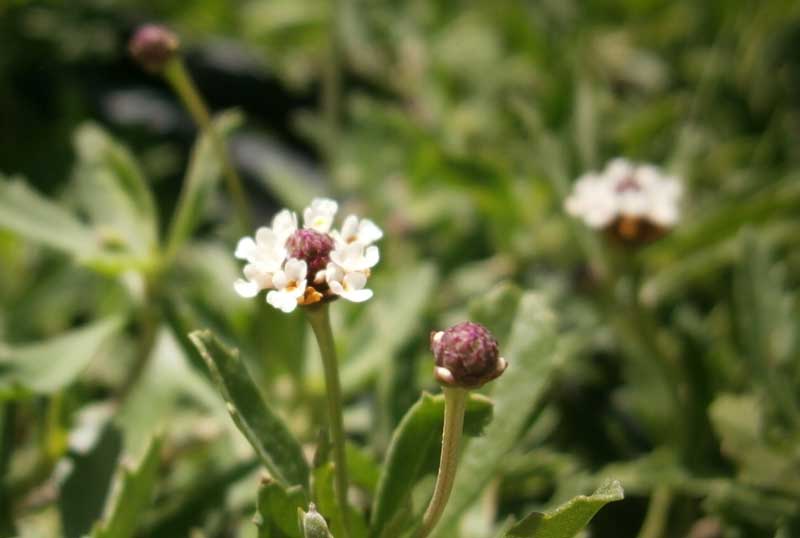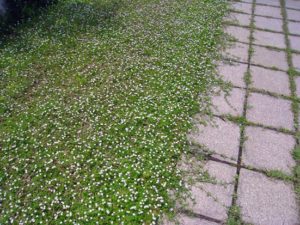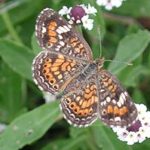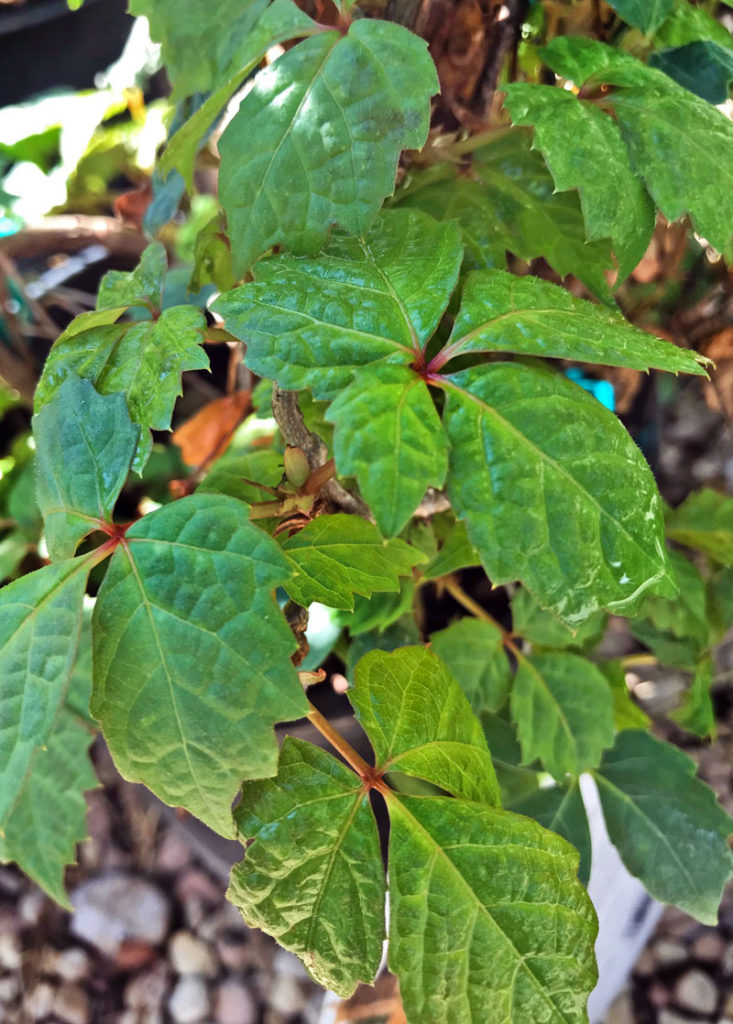
Leaves of three, let it be? Hah! Fooled ya. While this vine is sometimes mistaken for Poison Ivy, don't let it scare you. They're not even related. In fact, Boston Ivy is from the grape family. Read on to see why this plant makes a beautiful addition to the landscape!
Characteristics & Growth Habit
Boston Ivy is a deciduous perennial vine that can grow up to 30' tall. It has varying leaf shapes, often starting out like small hearts, then forming lobed compound leaves or 3 separate leaves. There are also many varieties of this vine, including some that are variegated!
Friend or foe?
You can tell this vine apart from its irritating lookalike by the way it attaches to a surface. While Poison Ivy attaches by aerial rootlets, Boston uses sticky disks called tendrils. They kind of look like little frog feet! These strong tendrils make it easy for them to climb without a support (more on that later).
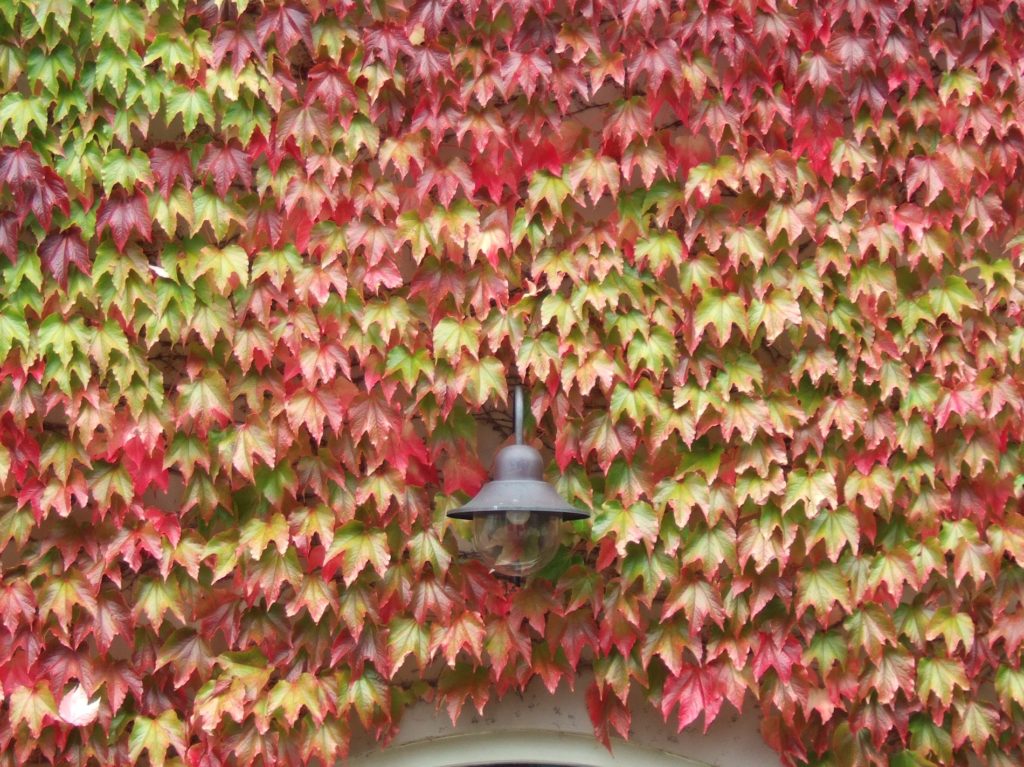
Probably the most notable characteristic of Boston Ivy is its beautiful fall color. The leaves will turn vibrant shades of yellow, orange, red and purple before dropping in late winter. It makes a small flower in spring, but nothing to write home about. Bluish black berries appear soon after, a treat for the birds!
Did you know?
A vigorous grower, you may have seen it covering large brick buildings; especially in the New England area. You know why they're called Ivy League schools? It refers to the Boston Ivy growing all over Yale, Dartmouth and Harvard! You might think that since this vine grows so well there, it may not be as hardy here. But Boston Ivy is very adaptable and grows in most all parts of Texas.
In the Landscape
While the idea of a vine covered house may be romantic, you'll need to think carefully before adding this plant to your landscape. It can be a chore to remove if you change your mind. Boston Ivy is known for being somewhat gentler on the surfaces it grows on, but over time it can deteriorate wood or stucco. It is best suited to grow on stone, brick or chain linked fences. Otherwise, building a support a few inches away from the side of the house may be an option. You could even grow this as a ground cover on slopes to help with erosion!
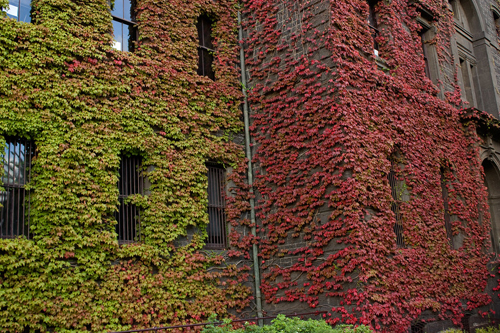
Another thing to consider is, what will you plant at the base? Over time, most of the foliage will be at the top of the plant. So a nice foundation hedge underneath may be in order. Elaeagnus or Encore Azalea might be a good compliment!
Tips & tricks
This vine is tough and can grow in full to part sun. However, it will do best planted on the east side of the yard to avoid leaf scorch in the summer. Want the best fall color? While very drought tolerant once established, plenty of rain will give you the best leaf show. HAHA. Get out the water hose, regular watering is more reliable!
Because it grows so well here, you will have to do some occasional maintenance on it. There are stories of neglected vines creeping into window sills or clogging gutters. Yikes! Not to worry, it can be pruned any time of year and with regular care won't be a problem.
Give it a try!
Planting vines takes some planning, but the good outweighs the bad for this variety. Boston Ivy has very few pest or disease problems. Birds like it, deer don't. Adding a deciduous vine to the side of your building can also help keep it cool in the summer and warm in the winter! Except for a haircut and a drink every once in a while, they don't need much. Plus it's gorgeous! Ready to give it a try? We have a few of these hidden gems right now at The Garden Center in one gallon containers. Get growin'!

